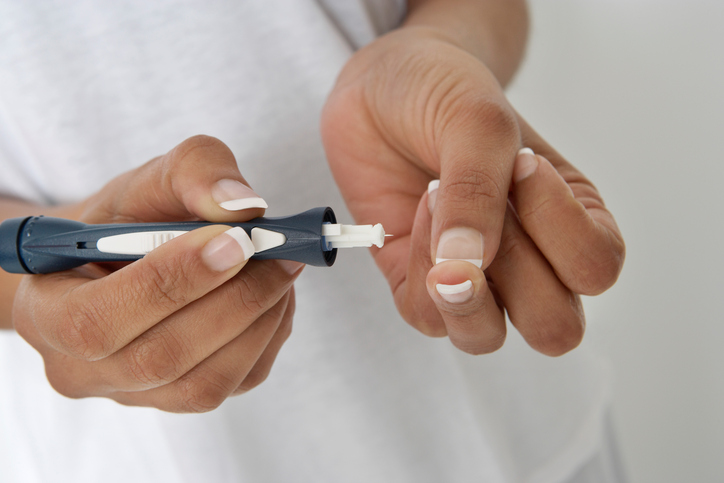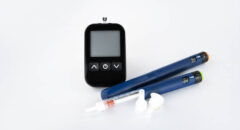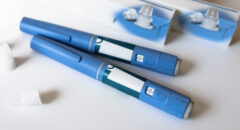Diabetes requires constant care, from keeping track of your blood glucose levels to self-administering insulin treatment. But living a full, active life while managing diabetes doesn’t have to be mission impossible. Read on for the do’s and don’ts of treating your condition.
1. Do learn the facts.
You have a lot to learn about diabetes care, but where do you start? Most insurance companies pay for sessions with a diabetes educator and dietitian as you learn how to track your glucose levels, administer insulin treatment and manage your diet. Your endocrinologist can probably recommend a diabetes educator. If your insurance doesn’t cover one-on-one sessions, many large hospitals offer group classes.
MUST READ:4 Ways To Manage Diabetes On A Budget
2. Do track your glucose levels.
To calculate your insulin treatment doses, you’ll need to know your blood sugar level. And that means you’ll need to test often – four or more times each day. The constant testing is a bit of a burden, but it’s an important part of diabetes care. Portable glucose meters are available in any drugstore and will give you a result in 20-30 seconds.
3. Do count your carbs.
Your mealtime doses of insulin will be based on carbohydrates. That’s because your body transforms dietary carbs into glucose in your bloodstream. To figure out how many servings of carbohydrates you’re having with every meal, use Internet nutrition calculators or smartphone apps. Meanwhile, a dietitian can work with your [food] likes and dislikes to come up with a healthy meal plan so you don’t feel like you’re in a dietary prison.
4. Do understand your equipment.
You have several options for insulin treatment:
- The first is the old-fashioned vial and syringe, which requires you to carry fresh needles and insulin and accurately draw up each dose for injection.
- A pre-loaded insulin pen has a dial that you set to deliver the precise dose you need before every meal.
- An insulin pump, a device worn under your clothes, is self-triggered for insulin throughout the day based on blood sugar measurements or in anticipation of eating a meal. You’ll still need to know how to calculate your insulin needs at any time in case the pump breaks.
MUST READ:Biggest Diabetes Myths
The choice between pen and syringe is often a matter of cost. If your insurance covers the pen, you may find that more convenient. The pen is easy to carry in a handbag. Consider moving on to the pump only when you’re comfortable calculating your insulin needs. You’re not ready for it until you know the basics.
5. Don’t be afraid of needles.
One of the biggest fears that most people have when starting insulin treatment is fear of pain from injecting insulin with syringes and lancets for repeated glucose testing. But rest assured: Most people find that insulin treatment isn’t painful, because they use microfine needles inserted into the belly, outer thigh or back of the upper arm. This fatty tissue doesn’t have a lot of nerve endings.
A diabetes educator will show you how to flick the syringe and push air bubbles out. If you’re using a pen, always shoot 2 units into the air to eliminate bubbles. Glucose testing, however, may be noticeable because it requires pricking a fingertip with a lancet. Because the hands are rich with nerves, this testing may pinch. Still, there are ways to make it easier. For example, wash your hand first with warm, soapy water to soften the skin and get blood flowing.
6. Don’t be afraid to travel.
With proper planning, you can take insulin treatment anywhere, whether driving across town or flying to an exotic destination.
For local trips, keep a bag with all your diabetes supplies in your purse – blood-testing supplies, syringes and vials (or your pen), and hand sanitizer and alcohol wipes. Also keep glucose pills, hard candy, juice or another sugar source handy in case your blood sugar level drops.
Opened insulin containers won’t degrade at room temperature, but it’s best to tote a cooler if you plan to be outside in the sun or you’re carrying unopened supplies. To prevent insulin from losing potency, never leave it in a hot car or place it directly on an ice pack.
MUST READ:Diabetes & The Surprising Power Of Yogurt
Is it embarrassing to inject insulin in public? Most people quickly learn to self-deliver insulin treatment in any setting.
Longer trips require more planning. Always pack twice as much insulin as you think you’ll need. If your return is delayed or you lose supplies, you’ll have extras on hand. Keep all supplies in your carry-on luggage – both so that they’re handy when needed and so that they don’t freeze in the cargo hold. Take a small insulated bag with an ice pack to keep unopened supplies cool while you travel. As long as the ice pack stays frozen, you’re good to go; if it melts, add ice.









